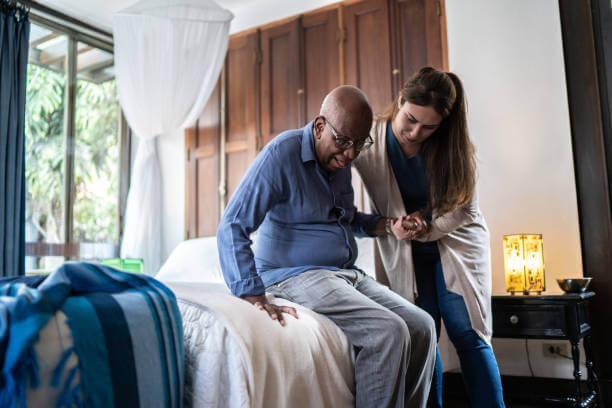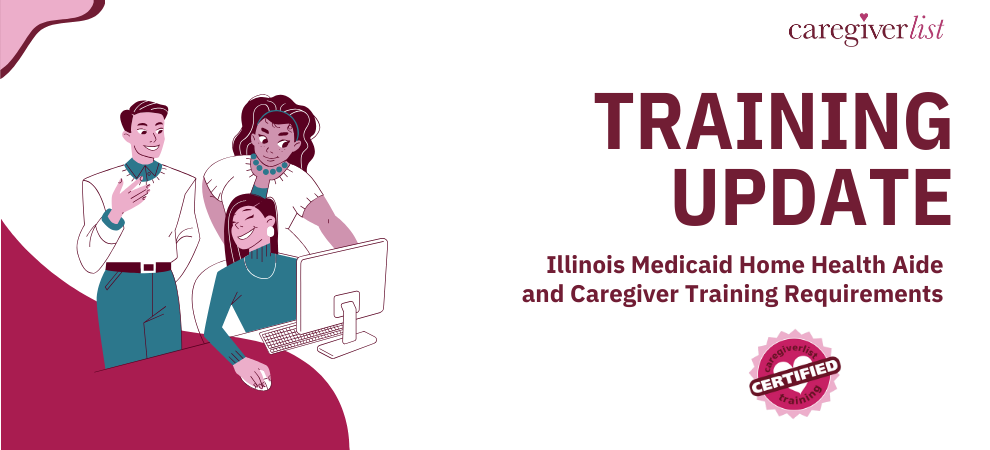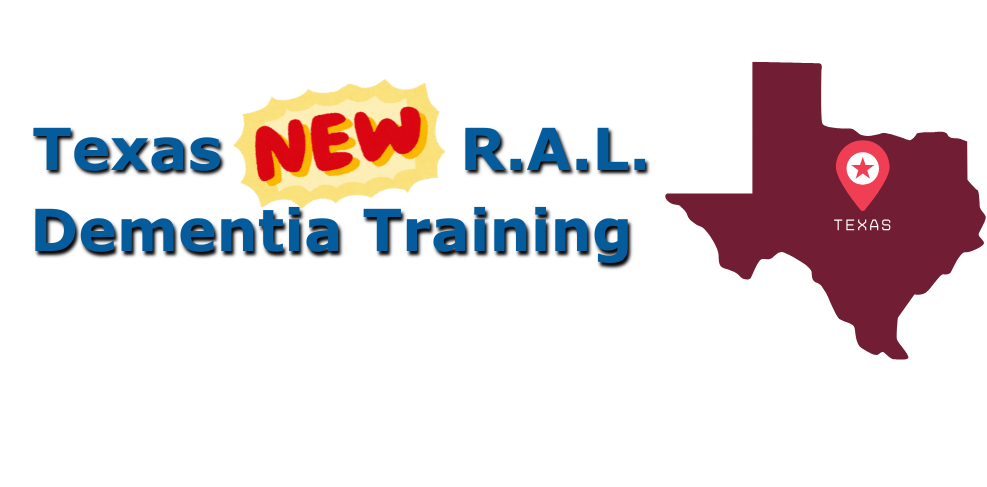Caregiverlist has been championing the senior caregiver for years. Many of us come from family caregiving backgrounds and know the difficult (but rewarding) work of taking care of parents or grandparents.
And so each year since 1997 when President Bill Clinton signed the first Presidential Proclamation, November is recognized as National Family Caregivers Month — a time to thank, support, educate and empower family caregivers.
Family caregivers, often called “informal caregivers”, perform the brunt of senior care, without pay. Here in the U.S., according to the Family Caregiver Alliance, 43.5 million adult family caregivers care for someone over 50 years old and 14.9 million care for someone who has Alzheimer’s disease or other dementia (statistics based on numbers from November 2012.)
Most elderly prefer to age at home and, because of limited funds, many times family caregivers are their only option to do so. Family caregivers provided services valued at $450 billion per year in 2009 and since the aging population will only increase (some estimate that those aged 65+ will more than double between the years 2000 and 2030), the value of family senior care will increase exponentially as well.
Most family caregivers (by the way, the majority of whom are women), also work outside the home and many times care for children as well. Thus the term Sandwich Generation. That care has an economic impact on the family caregiver as well. Surveys show that caregivers overall reported missing an average of 6.6 workdays per year. They turn down promotions, arrive late to work and/or leave early, take leaves of absence, or quit work altogether to provide much needed care to family members. That loss of productivity is estimated at $304,000 in lost salary and benefits over a lifetime.
When PBS did a story earlier this year on the average American long-term care family caregiver, I was surprised to see that my personal situation is not all that unique. The profile of the average long-term caregiver in the U.S. is a 49-year-old woman who works outside the home and cares for her widowed mother for an average of 20 hours per week. Yup, that’s me in a nutshell.
It’s great that there is national attention to this growing segment of the population — the family caregiver. While it’s true that families have always cared for their own, because life-expectancy is quite different than it was 50 years ago, family senior care can extend years, even decades longer than ever before. If family caregivers were no longer available, AARP says in a report, the economic cost to the U.S. health care and long-term services and supports (LTSS) systems would increase astronomically. It’s most certain that many elderly would find themselves in institutional settings like nursing homes, and the cost would be borne by the government, on both the federal and state levels.
It’s essential, therefore, that we as a society support the family caregiver in every way possible. It is essential to the well-being of our system of LTSS, our health care system, our economy, our workplaces, our families, and ourselves.
Because many professional senior caregivers come to the industry after spending years as family caregivers, Caregiverlist® provides some basic online caregiver training powered by Caregiver Training University to help the family (and professional) senior caregiver provide the best senior care possible.
And during the month of November especially, remember to celebrate and appreciate the senior family caregiver in your life, either by providing some respite care, taking them out for a relaxing evening, or by simply saying “thanks” (although I’m bucking for the night out!)
Do you have an issue you’d like to see tackled on this blog? Connect with Renata on Google+







